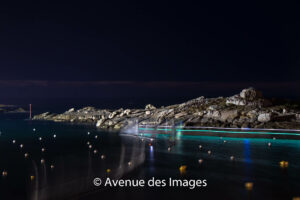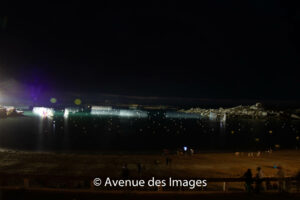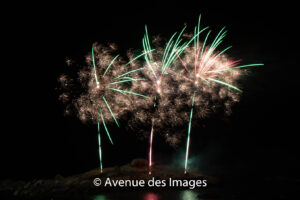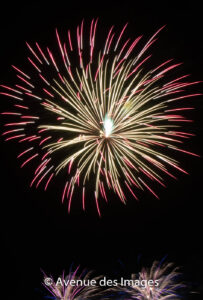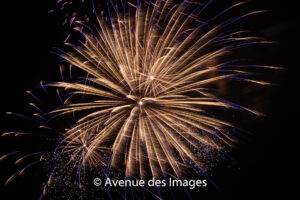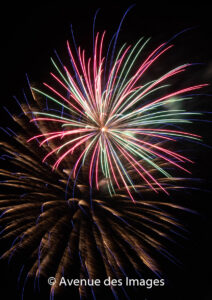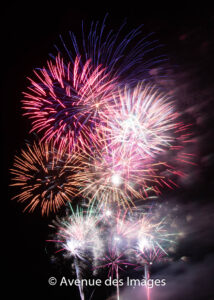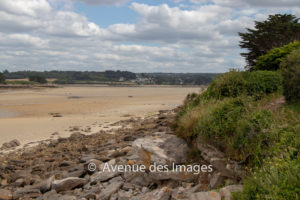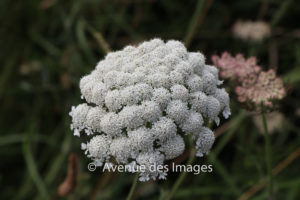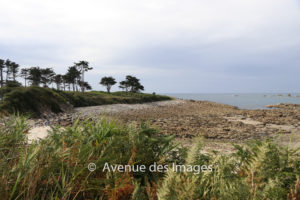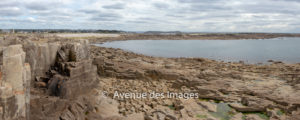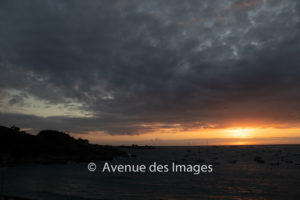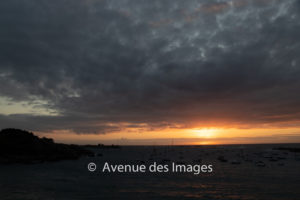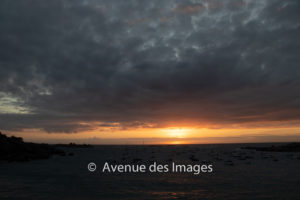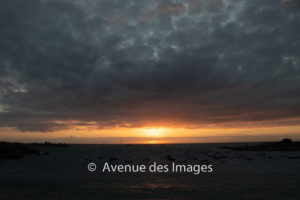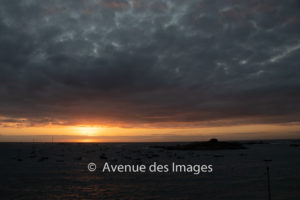Long exposure photos can be some of the most remarkable images. But how do you get started with long exposure photography? Let me tell about a recent trip I did to Brittany, France, and give you some simple tips to get started.
I was lucky to be able to visit Tregastel, France during the 49th 24 hour sailing regatta (see the town’s French website – opens in a new tab). This event hadn’t been held since 2019 due to the COVID pandemic.
As the event takes place over 24 hours there was an ideal opportunity to experiment taking pictures of sailing yachts at night. Additionally, there was a firework display scheduled that evening. A real treat. Also a chance to try some other techniques.
What Is Long Exposure Photography?
Exposure defines the duration that the camera’s sensor is exposed to light. Originally it was the film, now it is the image sensor. A short exposure lets in a little light, useful when in bright sunlight, and has the advantage of freezing movement as the subject is only seen for a fraction of a second by the sensor. Long exposure photography does the opposite and uses a slow shutter speed keeping the sensor exposed to light for a longer period. A long exposure will be defined when we keep the shutter open for a second or longer.
Cameras will calculate the exposure time for you in automatic mode and you will see the time increase as light fades. Many camaeras have a maximum of 30 seconds. In manual, or semi-automatic, mode you can set the time yourself. Finally you can use Bulb mode, where you control the shutter, and it remains open as long as you are pressing the shutter release button.
What does a long exposure create?
As mentioned above long exposures will capture motion as the camera’s sensor is exposed to light for a longer period and therefore a moving object will be seen by several parts of the sensor. A common subject of long exposure landscape photos are rivers and waterfalls. As each drop of water travels across the sensor the water blurs and creates lines of blurred water, almost like clouds. (You can see a long exposure waterfall image on the waterfall blog post) Images of waves at sea do the same thing. Blurring will occur in any part of the scene where there’s motion. This softens the image.
In my case, even if I was by the sea, my target was to capture something moving in the dark. In this case the long exposure lets what little light there is to be captured by the sensor. This is how you can capture stars. Of course, anything that is moving will create the same soft blurred lines that a drop of falling water does. Whether it a boat or a star. So how do you get started with long exposure?
Tips for long exposure photography
Taking photographs with a long exposure time is perfect for capturing motion blur and light trails. But there are some simple rules that must be followed. Above I talked about moving subjects, but unfortunately the same is true if the camera moves. If you shake the camera the tiniest amount when you press the shutter release button everything in the image will have that blurred movement effect and that is rarely the desired effect.
Long exposure rules:
- Use a tripod. Helps avoid camera shake.
- Use a remote release button. This could be a wire, and remote control or a phone app.
- Try various camera setting. There are broad rules, but you really need to set the camera up for your specific environment.
Typical long exposure settings
- The 500 rule. For star photography the 500 rule estimates the maximum exposure time you can shoot before stars become blurry or star trails appear. You divide 500 by the focal length of your lens. To capture the sky you would use a wide angle lens, for example, a 18mm lens, then the rule says 500 / 18 = 27.78 seconds. This is just under the 30 second maximum that most cameras allow for a long exposure before going to bulb mode.
- For fireworks. Fireworks are generally very bright so easy to see, but moving quickly and appear unpredictably. So start with ISO 200, F/11 and bulb. Press the shutter release button when you hear the firework launch and keep it open until the firework fades. Check and see if you need to modify anything or everything.
- Use manual focus. It’s not easy for a camera to automatically focus on a firework which hasn’t even been lit yet. So set the focus to manual. We know the firework will be in the sky so set focus to infinity. In reality it’s not easy for us to do this either. Pointing the camera into the night sky and trying to focus when you can see nothing. A technique that can help is to set the camera to video mode and focus on some visible object, then switch to manual focus and finally back to camera mode.
In my photographs you can see various fireworks which, ultimately, I took with F/7 to let a little more light in. These simple tips should help you get started with long exposure photos.
If you are interested in other long exposure images take a look a the low light blog post.
Purchase my images.
You can purchase my images via the store or directly below:
Share my blog
You found this article interesting? I am thinking yes if you got this far. Please share with your friends
